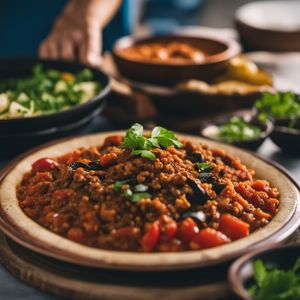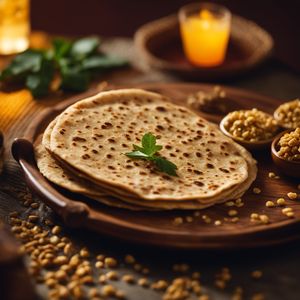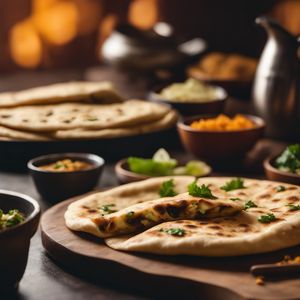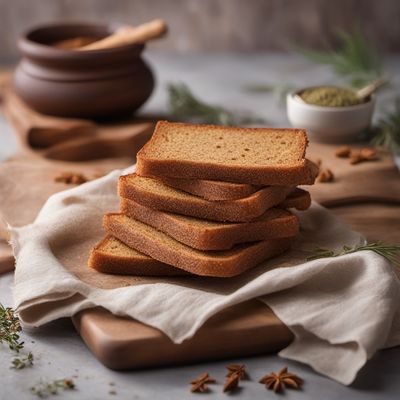
Dish
Knäckebröd
Knaeckebroed
Knäckebröd has a crunchy texture and a nutty flavor that comes from the rye flour. It is a good source of fiber and is low in fat and sugar. It is suitable for vegetarians and vegans, but may contain gluten.
Origins and history
Knäckebröd has been a staple food in Sweden for centuries, and is believed to have originated in the 16th century. It was originally made with barley flour, but rye flour became more popular in the 19th century. It is often served with traditional Swedish dishes, such as meatballs, herring, or gravlax.
Dietary considerations
Knäckebröd is a good option for those who are looking for a low-fat, low-sugar bread. However, it is not suitable for those who are gluten intolerant or have celiac disease. It is also not recommended for people who are on a low-carbohydrate diet.
Variations
There are many variations of knäckebröd, depending on the region and the ingredients used. Some recipes call for the addition of seeds, such as sesame, sunflower, or pumpkin seeds, while others use different types of flour, such as wheat or spelt. Some versions are also flavored with spices like caraway or fennel.
Presentation and garnishing
Knäckebröd is typically served plain, but can be garnished with seeds or herbs like dill or parsley. It is often served in a basket or on a wooden board.
Tips & Tricks
To get the best results when making knäckebröd, it is important to use high-quality ingredients and to roll the dough out very thin. The bread should be baked at a high temperature to achieve a crispy texture.
Side-dishes
Knäckebröd is often served with a variety of toppings, such as cheese, butter, or smoked salmon. It can also be used as a base for open-faced sandwiches or as a snack on its own.
Drink pairings
Knäckebröd pairs well with a variety of drinks, such as beer, aquavit, or Swedish snaps. It is also a good accompaniment to traditional Swedish drinks like glögg or julmust.
Delicious Knäckebröd recipes
More dishes from this category... Browse all »

Abud
Arab cuisine

Aish baladi
Egyptian cuisine

Aish merahrah
Egyptian cuisine

Ajwain paratha
Indian cuisine

Aloo naan
Indian cuisine

Amdo balep
Tibetan cuisine

Amritsari kulcha
Indian cuisine

Anda paratha
Indian cuisine






